Edgar Victor Achille Charles Varèse
Info
Paris, France
11/06/1965
New York, NY
USA
20th Century
Orchestral, Electronic
Biography
Varèse prepared for a career as an engineer by studying mathematics and science. He studied the notebooks of da Vinci. He was inspired to be a musician and he used his learned scientific principles to study the science of sound. Varèse studied with Vincent d'Indy at the Schola Cantorum (1903-5) and Charles-Marie Widor at the Paris Conservatoire (1905-7). While at the conservatoire, he began introducing new things, and said, "I refuse to submit to sounds that have already been heard." He then moved to Berlin, where he met Richard Strauss, Claude Debussy and Ferruccio Benvenuto Busoni. Debussy encouraged him to become a composer telling him, "Rules do not make a work of art. you have the right to compose what you want to, the way you want to." Debussy also encouraged Varèse to look at music away from the west for inspiration. After serving in the French army during the First World War, in 1915 he emigrated to New York with only $32 to his name. Almost all of his compositions disappeared at this point, with the exception of a single published song and an orchestral score, Bourgogne (1908). This score too was eventually destroyed towards the end of his life.
Main Works
Electronic:
Déserts for 14 Winds, Piano, Percussion, and Taped Sound (1950-54)
Ecuatorial (1933-34)
Poeme Èlectronique (1957-58)
Orchestral:
Bourgogne, for large orchestra (1908)
Gargantua, for large orchestra (1909)
UnfinishedAmériques (1918-22)
Arcana for Orchestra (1927)
Density 21.5 for solo flute (1936)
Intégrales for 11 Winds & 4 Percussionists (1924-25)
Ionisation for 13 Percussionists (1929-31)
Nocturnal (1961) Unfinished; completed by Chou Wen-Chung
Octandre for Flute, Winds & Brass (1923-24)

